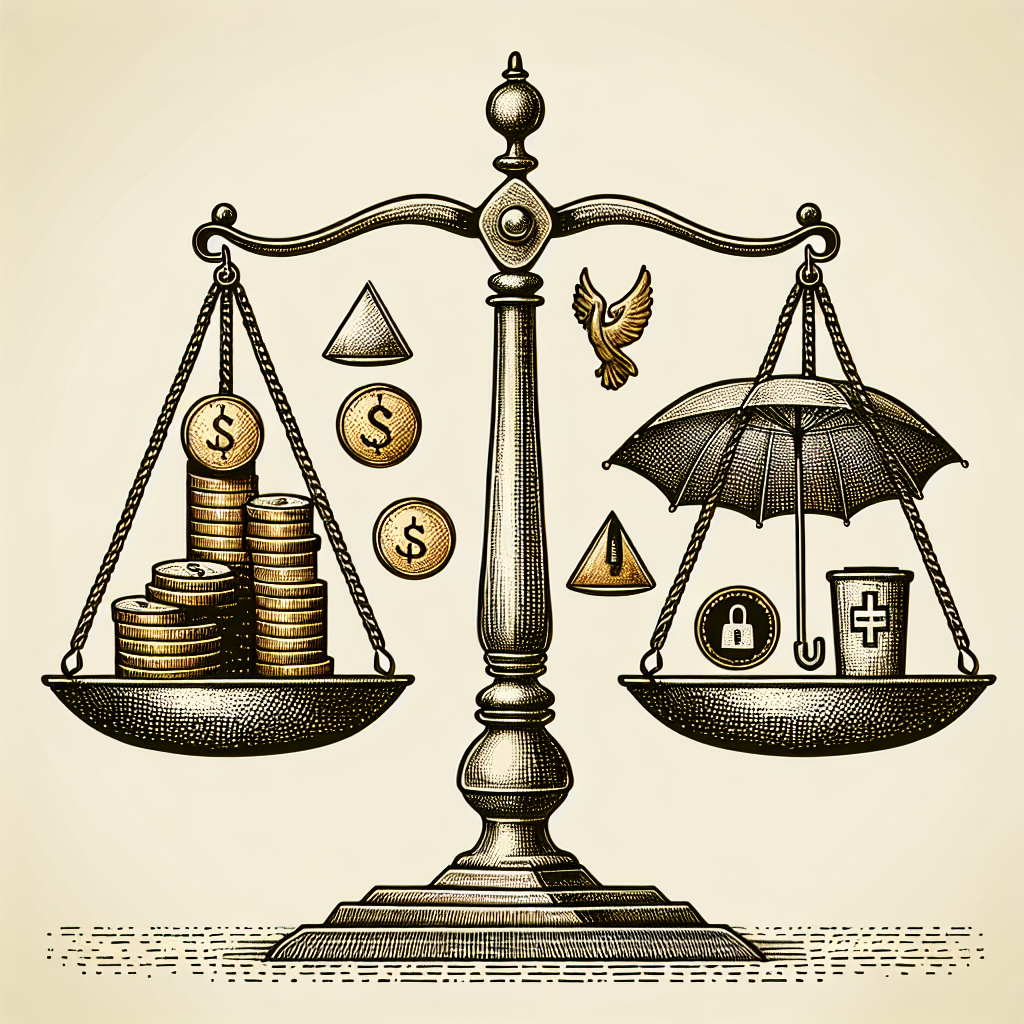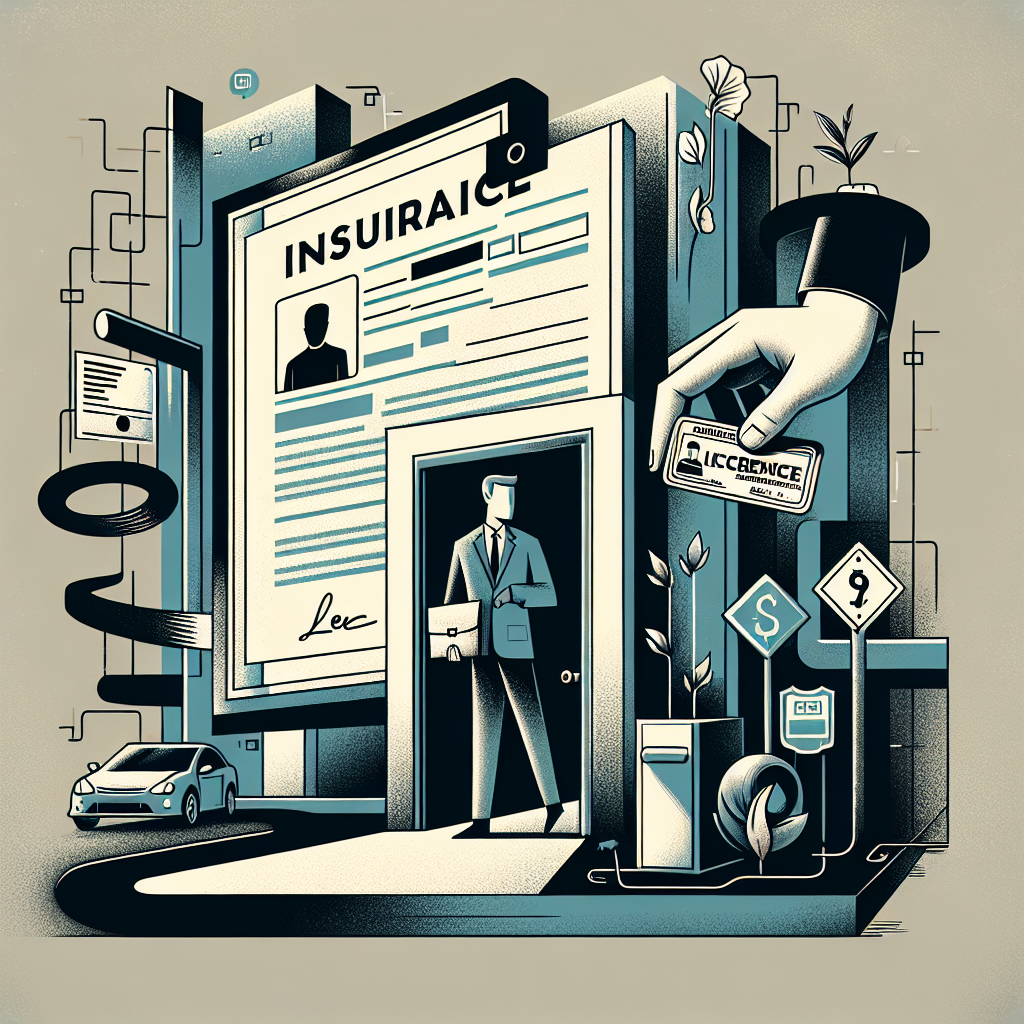Filed under Business Insurance on
Effective Health Insurance Business Cards Tips

In the intricate world of health insurance, making a lasting impression is not just advantageous but essential. Whether you are attending a conference, meeting potential clients, or networking with peers in the industry, having an effective business card can be a significant differentiator. Health insurance business cards serve as a tangible representation of your brand and professionalism. Done properly, they can be a powerful tool for generating leads and nurturing professional relationships. In this guide, we will discuss the most effective health insurance business card tips.
Why Your Business Card Matters
Your business card is more than just a piece of paper with your contact information. It is a reflection of your brand in the health insurance industry and a tool for communication. While many networking interactions are now virtual, the value of a well-crafted business card remains unchanged. It can create a memorable impression, facilitate easy follow-ups, and provide essential information at a glance.
The First Impression Factor
First impressions are critical, and in the health insurance industry, they can influence potential clients and partners significantly. A professional business card can set the tone for future engagements by conveying reliability and expertise. In this sector, where trust and reassurance are key, a top-notch business card can make or break potential deals.
Boosting Brand Recognition
Your health insurance business card is a mini billboard for your brand. It carries your name, logo, and tagline, directly impacting brand recognition. When your card is distinctive and aligned with your brand identity, it helps you stand out in a crowded marketplace, keeping you top-of-mind for clients and associates.
Design Essentials for Health Insurance Business Cards
A well-designed health insurance business card is both aesthetically pleasing and functional. Here are some design essentials to consider:
Keep It Simple
Simplicity is key in business card design. Avoid clutter by focusing on the essentials: name, job title, company, phone number, email address, and website. A clean and simple design communicates professionalism and is easier for recipients to read and remember.
Incorporate Industry-Related Imagery
Use imagery that is relevant to the health insurance industry. Icons such as health symbols or policy-related visuals can subtly convey the nature of your business. Select designs that are professional and align with your company’s branding efforts.
Choose the Right Typography
The choice of typography is crucial in ensuring clarity and readability. Use a font that is professional and easy to read at a glance. Maintaining consistency with your brand’s typography across all marketing materials, including business cards, supports brand consistency and professionalism.
Color Selection
Color can influence emotions and perceptions. Choose a color scheme that resonates with your brand personality. Blue is often associated with trust and professionalism, making it a popular choice in the health and insurance industries. Ensure that the colors are well-balanced and in harmony with your overall brand palette.
Utilize High-Quality Materials
The physical feel of your business card can make a lasting impression. Opt for high-quality paper stock and consider finishes like matte or glossy to enhance tactile appeal. A thick, durable card conveys a sense of quality and professionalism.
Content Strategies for Business Cards
While the design is vital, the information on your health insurance business card must be precise and valuable. Here are strategies to optimize your card's content:
Include a Compelling Tagline
A clear, concise tagline can make your business memorable. It should capture the essence of your brand or the service you provide. A well-crafted tagline differentiates you from competitors and emphasizes your unique value proposition.
QR Codes for Digital Connection
Incorporating a QR code on your business card offers a seamless way for recipients to engage with your online presence. By scanning the code, clients and potential partners can access your website, social media profiles, or a dedicated landing page with more information about your services.
Highlight Certifications and Accreditations
Showcasing your certifications and accreditations on your business card can increase credibility. Credentials such as “Certified Health Insurance Specialist” or membership in professional organizations demonstrate expertise and industry standing.
Call to Action
Include a subtle yet effective call-to-action (CTA) encouraging recipients to take the next step. This could be an invitation to visit your website, download a free guide, or sign up for a newsletter. A well-placed CTA can significantly improve engagement and lead conversion.
Maximizing the Impact of Your Business Card
Distributing your health insurance business card strategically can multiply its impact. Here’s how you can maximize opportunities:
Network with Purpose
Be intentional about where and how you distribute your business cards. Attend relevant industry events, workshops, and networking gatherings where potential clients and partners might be present. A well-timed introduction coupled with your premium business card can open doors for future opportunities.
Follow-Up Strategy
After initial contact, follow up promptly. Mention specific interactions or discussions you had, which establishes a connection and reminds the recipient of your conversation. Sending a follow-up email reiterating your services and attaching a digital copy of your business card can maintain momentum in the relationship.
Leverage Digital Platforms
Enhance your offline networking with digital platforms. Many professionals in the health insurance field engage on LinkedIn, where you can reinforce connections made in person by sending a personalized message and a digital business card.
Monitor and Adapt Trends
The design and content of health insurance business cards should evolve alongside industry and technological trends. Continuously monitor competition, seek feedback from peers, and remain receptive to innovative ideas that can make your business card even more effective.
Final Thoughts
Effective health insurance business cards are an integral part of professional branding. By combining thoughtful design, relevant content, and a strategic distribution approach, you can make substantial impressions and foster meaningful connections in the health insurance realm. Remember that your business card is a reflection of your professionalism and expertise, so make it count. As you work on your business card, keep these tips in mind to ensure that every aspect—from material to message—carries your brand forward.





